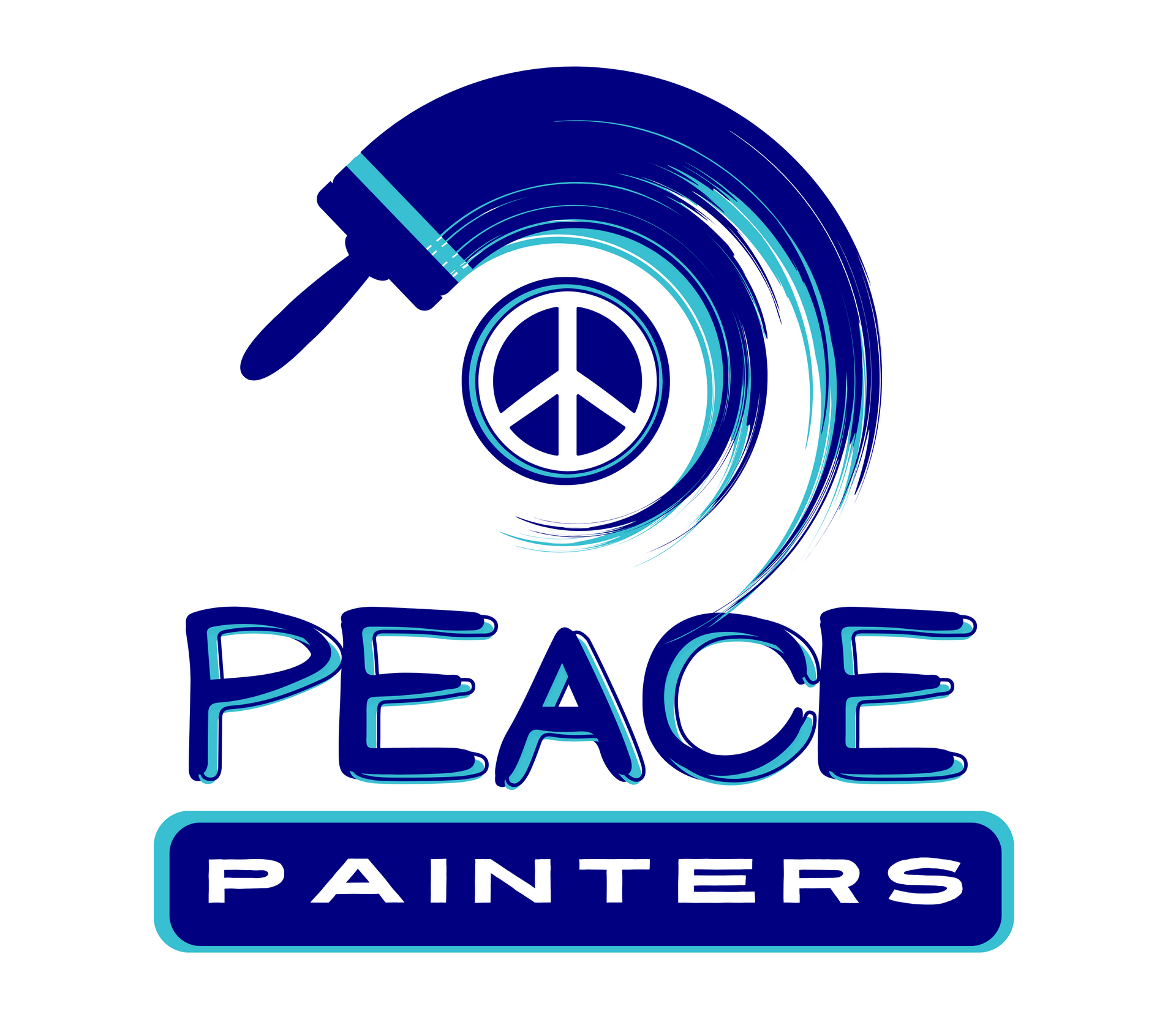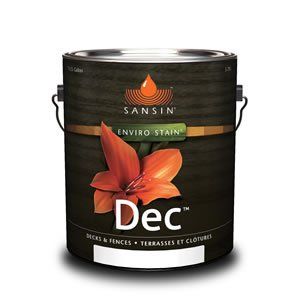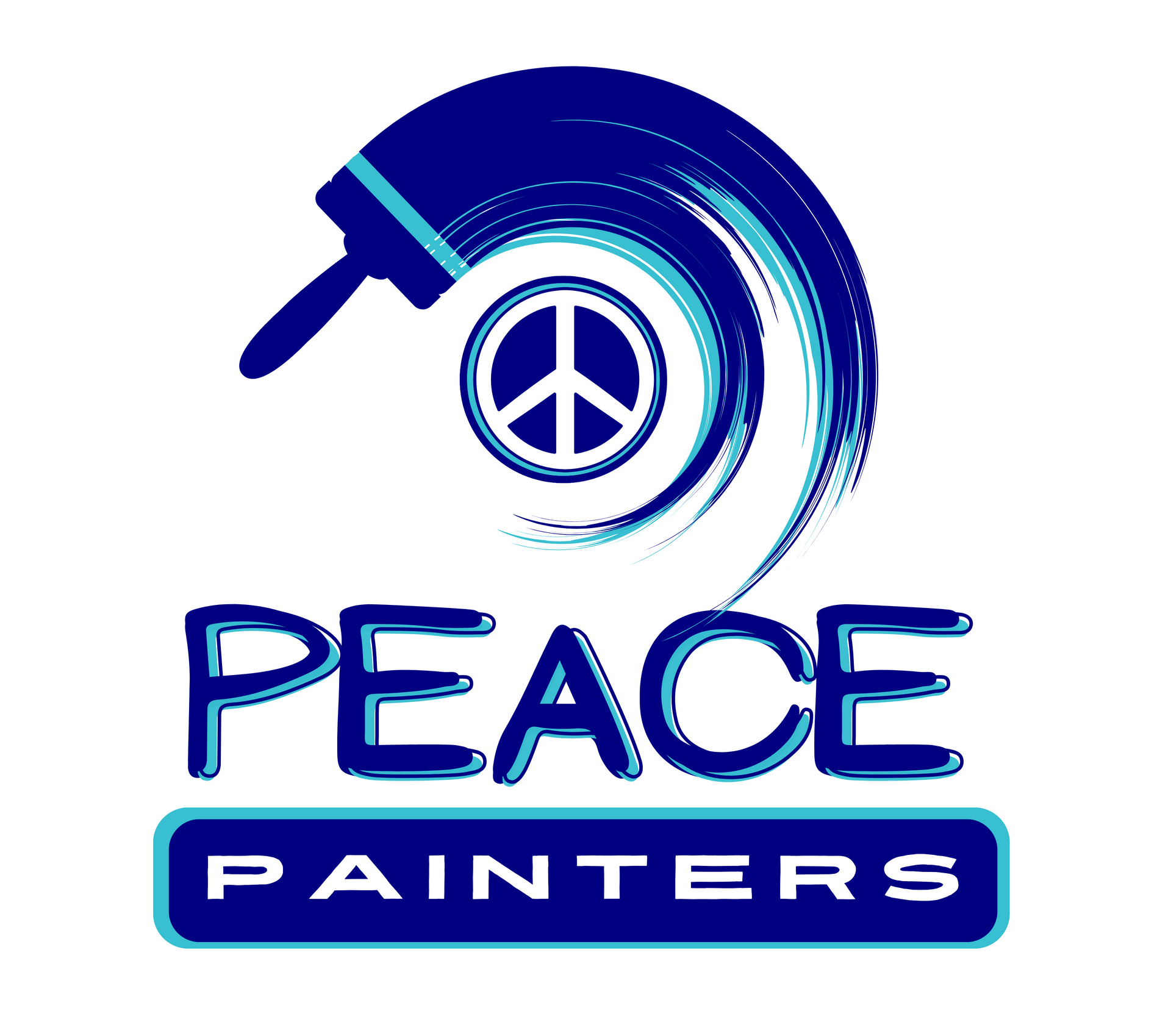The Why: Toxics In Our Air & Plastic In Our Land and Waterways
People & Planet Over Profit
In The Air: What are VOCs and Why Are They Harmful?
Most of us have heard the term ‘VOC’ or at least seen "Zero" or "Low VOC" on paint labels by now, but what are they?
VOCs evaporate easily into the atmosphere. In the case of paint, while drying, it releases VOCs into the air. Residential painters should make use of zero VOC paints as much as possible. Most manufacturers offer some type of zero VOC paints but let’s try to understand how paints are damaging our environment.
Conventional paints that contractors use can be separated into two categories:
- Water based: Also known as latex or latex arylic paints, these are much lower in VOCs than solvent or oil-based paints.
- Oil based: They include alkyds, a type of polyester that is used in paint as the main resin or as a binder. Oil based paints also use linseed oil, alcohols, esters, ketones, and petroleum distillate as solvent carriers. These are the VOCs that are released while paint is being applied and drying.
Paint manufacturers have either completely eliminated their use or there are products in the market that contain very low amounts of VOCs. These chemicals are not just present in paints, they’re in carpets, adhesives, household cleaners and a range of interior building materials. If a product has an offensive smell, it very likely contains them.
How dangerous are VOCs?
The emission of Volatile Organic Compounds is called off gassing. Apart from paint, the other sources of off-gassing are construction materials like carpets, cabinets, furniture or other household goods. Harmful chemicals are also released from things like plastics and solvents. With paint, the off-gassing process is continuous, starting when paint is applied to surfaces and lasting long after the paint dries.
VOCs react with other elements to produce ozone, which causes air pollution. When ozone enters the leaves and plants through natural gas exchange, plant life is seriously damaged. This damage can be either necrosis or chlorosis. Necrosis is damage to leaf edges, roots and cellular death of the stem. Chlorosis is when leaves do not make enough chlorophyll. Ozone damage can affect crop yields for crops that are particularly sensitive to environmental changes such as corn, peanuts or cotton.
Groundwater can also be contaminated by pouring paint and paint contaminated water into the storm water drainage system. This antiquated practice is illegal but many painters still consider it as common practice. When contaminated water enters the storm sewers, it pollutes our lakes and rivers. In most municipalities this practice is illegal. More information here about disposing paint contaminated water.
While VOCs are harmful to the environment, they have far more health consequences
- VOCs cause serious health effects such as asthma, respiratory irritation and in some serious cases, cancer. They are also the cause of what is known as ‘Sick Building Syndrome’. Residents and workers in a building complain of headaches, fatigue and discomfort. Most of these symptoms disappear once they leave the premises. A poor indoor air quality affects their quality of life.
- Health problems caused by VOCs indoors depend a lot on the amount that is present in the air, for how long, and the frequency of exposure. The effects differ from person to person. For example, some people are suddenly affected by them and others who may have inhaled VOCs over long periods of time are desensitized. Individuals that have a known sensitivity to chemicals are affected the most.
- Benzene is a harmful chemical. It is present in fuel, some oil based paints, furniture wax, etc. It is a known carcinogen harmful to bone marrow, it affects immunity and causes reduced red blood cells.
- Formaldehyde is another known carcinogen. It is banned from a lot of products but is still present in small amounts in old paints, wood and floor products. It gradually expands and causes discomfort to the eyes, and mucous membranes. Humid environments will speed up its dispersion.
Ultimately, the choice is ours. VOCs are present everywhere – even in products we use on a daily basis. Making the choice for/against them is up to us. Look for products that are clearly marked ‘Zero VOC’. These labels are fairly obvious on paint cans but not so obvious on other interior products. If you are not sure, ask the manufacturer about the ingredients and research the product on the internet. Some organizations choose to get their products/services verified by a third party, to present an evidence of being ‘eco-friendly’.
The Why?
Toxics In Our Air And Plastic In Our Land and Waterways
In The Air: What are VOCs and Why Are They Harmful?
Most of us have heard the term ‘VOC’ or at least seen "Zero" or "Low VOC" on paint labels by now, but what are they?
VOCs evaporate easily into the atmosphere. In the case of paint, while drying, it releases VOCs into the air. Residential painters should make use of zero VOC paints as much as possible. Most manufacturers offer some type of zero VOC paints but let’s try to understand how paints are damaging our environment.
Conventional paints that contractors use can be separated into two categories:
- Water based: Also known as latex or latex arylic paints, these are much lower in VOCs than solvent or oil-based paints.
- Oil based: They include alkyds, a type of polyester that is used in paint as the main resin or as a binder. Oil based paints also use linseed oil, alcohols, esters, ketones, and petroleum distillate as solvent carriers. These are the VOCs that are released while paint is being applied and drying.
Paint manufacturers have either completely eliminated their use or there are products in the market that contain very low amounts of VOCs. These chemicals are not just present in paints, they’re in carpets, adhesives, household cleaners and a range of interior building materials. If a product has an offensive smell, it very likely contains them.
How dangerous are VOCs?
The emission of Volatile Organic Compounds is called off gassing. Apart from paint, the other sources of off-gassing are construction materials like carpets, cabinets, furniture or other household goods. Harmful chemicals are also released from things like plastics and solvents. With paint, the off-gassing process is continuous, starting when paint is applied to surfaces and lasting long after the paint dries.
VOCs react with other elements to produce ozone, which causes air pollution. When ozone enters the leaves and plants through natural gas exchange, plant life is seriously damaged. This damage can be either necrosis or chlorosis. Necrosis is damage to leaf edges, roots and cellular death of the stem. Chlorosis is when leaves do not make enough chlorophyll. Ozone damage can affect crop yields for crops that are particularly sensitive to environmental changes such as corn, peanuts or cotton.
Groundwater can also be contaminated by pouring paint and paint contaminated water into the storm water drainage system. This antiquated practice is illegal but many painters still consider it as common practice. When contaminated water enters the storm sewers, it pollutes our lakes and rivers. In most municipalities this practice is illegal. More information here about disposing paint contaminated water.
While VOCs are harmful to the environment, they have far more health consequences
- VOCs cause serious health effects such as asthma, respiratory irritation and in some serious cases, cancer. They are also the cause of what is known as ‘Sick Building Syndrome’. Residents and workers in a building complain of headaches, fatigue and discomfort. Most of these symptoms disappear once they leave the premises. A poor indoor air quality affects their quality of life.
- Health problems caused by VOCs indoors depend a lot on the amount that is present in the air, for how long, and the frequency of exposure. The effects differ from person to person. For example, some people are suddenly affected by them and others who may have inhaled VOCs over long periods of time are desensitized. Individuals that have a known sensitivity to chemicals are affected the most.
- Benzene is a harmful chemical. It is present in fuel, some oil based paints, furniture wax, etc. It is a known carcinogen harmful to bone marrow, it affects immunity and causes reduced red blood cells.
- Formaldehyde is another known carcinogen. It is banned from a lot of products but is still present in small amounts in old paints, wood and floor products. It gradually expands and causes discomfort to the eyes, and mucous membranes. Humid environments will speed up its dispersion.
Ultimately, the choice is ours. VOCs are present everywhere – even in products we use on a daily basis. Making the choice for/against them is up to us. Look for products that are clearly marked ‘Zero VOC’. These labels are fairly obvious on paint cans but not so obvious on other interior products. If you are not sure, ask the manufacturer about the ingredients and research the product on the internet. Some organizations choose to get their products/services verified by a third party, to present an evidence of being ‘eco-friendly’.
The How?
Our commitment to environmentally conscious business practices is about more than just using "eco-friendly" or "green" paints.
At Peace Painters, we fully embrace the philosophy of 'Reduce, Reuse, Recycle' and we take every step possible to practice what we preach, while still providing our customers with the absolute best results! As our company grows, we're looking to discover new ways to educate our local community and connect with other environmentally conscious businesses in the Hudson Valley.
Here are the steps we're taking right now to become the new standard for your environmentally conscious choice in professional painting & refinishing:
- We take the time to clean your surfaces with gentle non-toxic cleansers like Krud Kutter (oppossed to TSP) and then repair and [dustless] sand your walls to cut down on the use of primers whenever applicable.
- We only use plastic and painters tape when we feel there is no other option! We prefer reusable fabric drop cloths to protect your space & belongings and we use minimal plastic to protect our paints, brushes, and rollers throughout your project so we don't use more supplies than we need to.
- If Zero VOC paints or stains are not available in your chosen color or sheen, we still have many low VOC options to choose from.
- We have taken the time to educate ourselves on Zero VOC/Low VOC paints and products that are available, and we want to pass this information on to our clients.
- We try out best to reuse leftover paint on future projects. We absolutely will not dispose of usable paint which is bad for the environment. If there is paint we are not able to use, we will donate it through Paint Care https://www.paintcare.org.
- In the near future, we will be organizing and hosting some local paint shares and swaps in our community.
- To reduce waste headed to overloaded landfills, we choose to repair drywall and wood trim instead of tearing it down and replacing it, whenever possible. However, if we find something to be beyond repair, we will make the most sustainable and sensible decisions moving forward.
- When we are ready to dispose of paint cans or trays (we reuse our tray liners when possible), we first allow them to fully dry and air out in a well ventilated space
- We strive to support local businesses to source our paints & supplies whenever possible. We have a great relationship with Smith's Hardware in Saugerties, Herzog's in Kingston, and Williams Lumber locations throughout the Mid-Hudson Valley.
Our commitment to environmentally conscious business practices is about more than just using 'earth friendly' or 'green' paints. We fully embrace the philosophy of 'Reduce, Reuse, Recycle' and we take every step possible to practice what we preach, while still providing our customers with the absolute best results! As our company grows, we're looking to discover new ways to educate our local community and connect with other environmentally conscious businesses in the Hudson Valley.
Here are the steps we're taking right now to become the new standard for your environmentally conscious choice in professional painting & refinishing:
- We take the time to clean your surfaces with gentle non-toxic cleansers like Krud Kutter (oppossed to TSP) and then repair and [dustless] sand your walls to cut down on the use of primers whenever applicable.
- We only use plastic and painters tape when we feel there is no other option! We prefer reusable fabric drop cloths to protect your space & belongings and we use minimal plastic to protect our paints, brushes, and rollers throughout your project so we don't use more supplies than we need to.
- If Zero VOC paints or stains are not available in your chosen color or sheen, we still have many low VOC options to choose from.
- We have taken the time to educate ourselves on Zero VOC/Low VOC paints and products that are available, and we want to pass this information on to our clients.
- We try out best to reuse leftover paint on future projects. We absolutely will not dispose of usable paint which is bad for the environment. If there is paint we are not able to use, we will donate it through Paint Care https://www.paintcare.org.
- In the near future, we will be organizing and hosting some local paint shares and swaps in our community.
- To reduce waste headed to overloaded landfills, we choose to repair drywall and wood trim instead of tearing it down and replacing it, whenever possible. However, if we find something to be beyond repair, we will make the most sustainable and sensible decisions moving forward.
- When we are ready to dispose of paint cans or trays (we reuse our tray liners when possible), we first allow them to fully dry and air out in a well ventilated space
- We strive to support local businesses to source our paints & supplies whenever possible. We have a great relationship with Smith's Hardware in Saugerties, Herzog's in Kingston, and Williams Lumber locations throughout the Mid-Hudson Valley.






